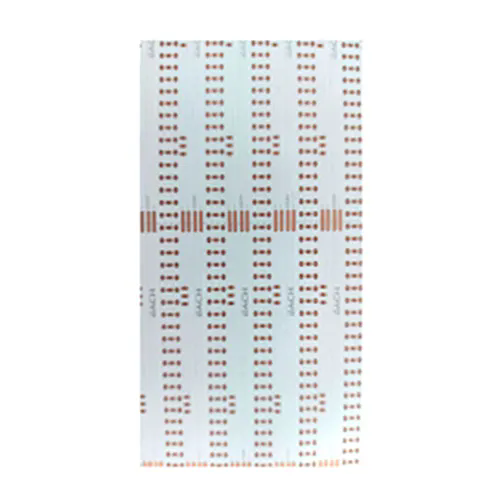The Versatility of Single-Sided Flexible PCBs in Modern Electronics
2024-09-05
Single-sided flexible PCBs (Printed Circuit Boards) have become an essential component in the design of modern electronic devices. These flexible circuit boards consist of a single conductive layer of copper on a flexible substrate, allowing for greater design freedom and adaptability in various applications. The use of a single-sided flexible PCB is ideal for compact devices where space and weight are crucial factors, such as smartphones, wearables, and medical devices.
One of the main advantages of single-sided flexible PCBs is their ability to bend and conform to different shapes, making them highly versatile in situations where traditional rigid PCBs cannot be used. This flexibility enables manufacturers to create thinner and lighter devices without compromising on functionality. Additionally, single-sided flexible PCBs can reduce the number of interconnects, simplifying the overall design and improving reliability.
Another significant benefit of using a single-sided flexible PCB is the cost-effectiveness in both production and assembly. Since these boards have only one conductive layer, they are simpler and less expensive to produce compared to multi-layer boards. Their ease of integration into automated manufacturing processes also makes them a popular choice for mass production, especially in consumer electronics.
As technology advances, the demand for more compact, efficient, and lightweight electronic devices continues to grow. Single-sided flexible PCBs are at the forefront of this trend, providing engineers with the tools they need to push the boundaries of innovation in electronics design.



